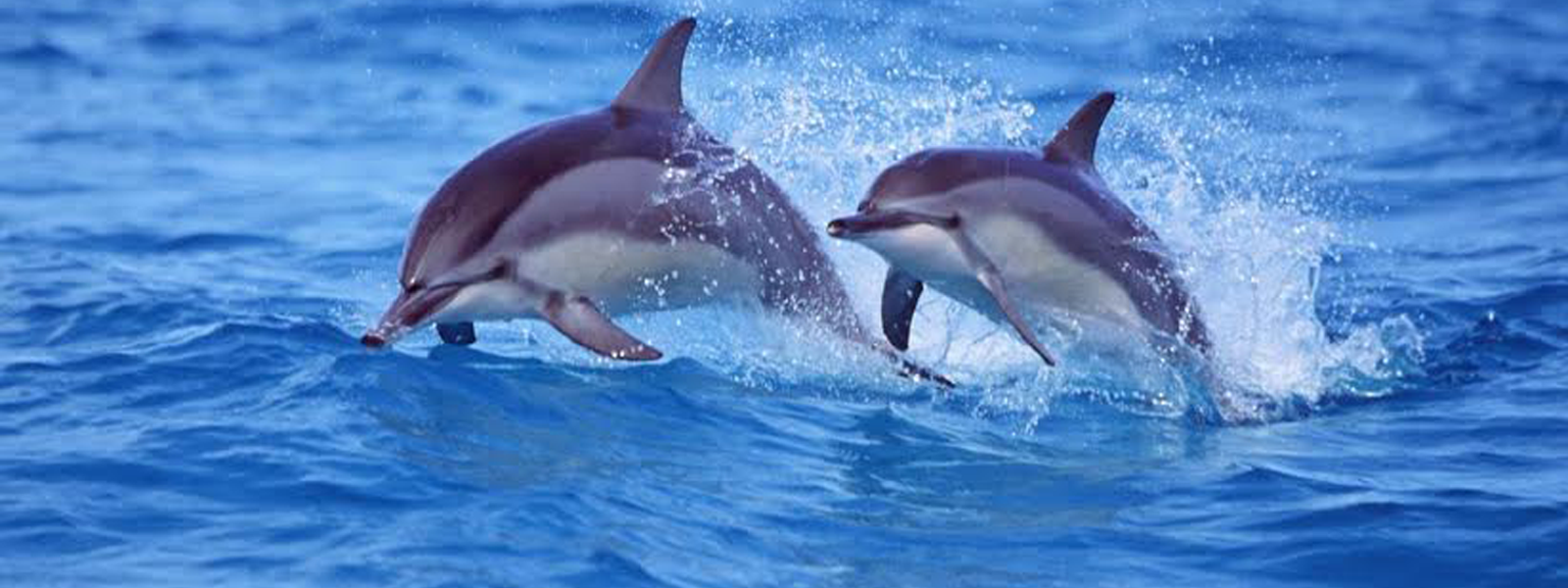

A funny thing happened in the Trump Environmental Protection Agency (EPA). EPA Administrator Scott Pruitt reversed his earlier decision and is urging protection for Alaska’s Bristol Bay salmon over a proposal to build a huge mine in the watershed.
Before being appointed head of the EPA by Donald Trump, Pruitt led many lawsuits against the Obama EPA. And his fight against regulations and decisions issued by EPA under Obama has continued during his tenure as EPA Administrator. Last year, Pruitt ordered his subordinates to reverse the Obama-era “clean water safeguards” set for the Bristol Bay watershed by the agency to protect the salmon run. This order came just hours after Pruitt met with the Pebble Mine company CEO.
But on January 26th, Pruitt reversed course, embracing the safeguards for Bristol Bay and posing a major challenge to the proposed Pebble Mine.
Alaska’s Bristol Bay has the one of the most pristine watersheds left in the United States, with no dams or major industry blocking or polluting the streams that run into the Bay. As a result, the salmon runs are not only healthy – they are wildly abundant. All five species of Pacific salmon use the Bristol Bay watershed for spawning.
Descriptions of massive salmons runs of fish in southern rivers are a thing of the past, but in Bristol Bay, you can still see millions of salmon heading up and down the clear waters of the rivers. For 2018, fisheries scientists project that 51.3 million sockeye salmon – just one of the Bristol Bay species – will head for the upstream waters to spawn.
Bristol Bay also, not surprisingly, hosts the world’s largest salmon fishery, providing jobs in an area of the country that would otherwise be barely livable. Native Americans of the Yup’ik and Dena’ina tribes also depend on the salmon runs for subsistence and jobs.
Downstream and in the ocean, many species benefit immensely from the spectacular salmon runs, including the Alaskan brown bear, bald eagle, and many dolphin species, including orcas and belugas.
The Pebble Mine would seriously alter this picture. This proposed mine would be a massive open pit mine for gold and copper. The EPA believes the mine could become deeper than the Grand Canyon and larger than Manhattan, with huge amounts of toxic mine waste that would have to be discarded in the watershed. EPA estimates that the mine would destroy 94 miles of salmon streams and 5,350 acres of wetlands. These changes would be permanent and could not be reversed, according to the EPA assessment.
Pruitt himself stated, according to CNN, “(I)t is my judgment at this time that any mining projects in the region likely pose a risk to the abundant natural resources that exist there. Until we know the full extent of that risk, those natural resources and world-class fisheries deserve the utmost protection."
Surprising and welcome words coming from a former strong critic of the EPA!
This doesn’t mean the Pebble Mine is dead – only stymied - or that Bristol Bay is in the clear. The mining company will continue to seek an EPA permit, and the Trump Administration may still capitulate. Additionally, offshore oil drilling in Bristol Bay is another danger to the overall ecosystem. President Obama removed the area from consideration of offshore oil permits in 2014, but that decision could be reversed by the Trump Administration during their current efforts to lease 90% of the US outer continental shelf to offshore oil drilling.
The Army Corps of Engineers is reportedly planning an Environmental Impact Statement on the Pebble Mine for its permitting purposes, with approval for the mine coming as soon as later this year.
All those who treasure the fisheries resource and the unique and spectacular ecosystem must remain vigilant and continue their work to save Bristol Bay and prevent approval of the Pebble Mine.
Let the salmon run!
Photo credit Bureau of Land Management Oregon and Washington.